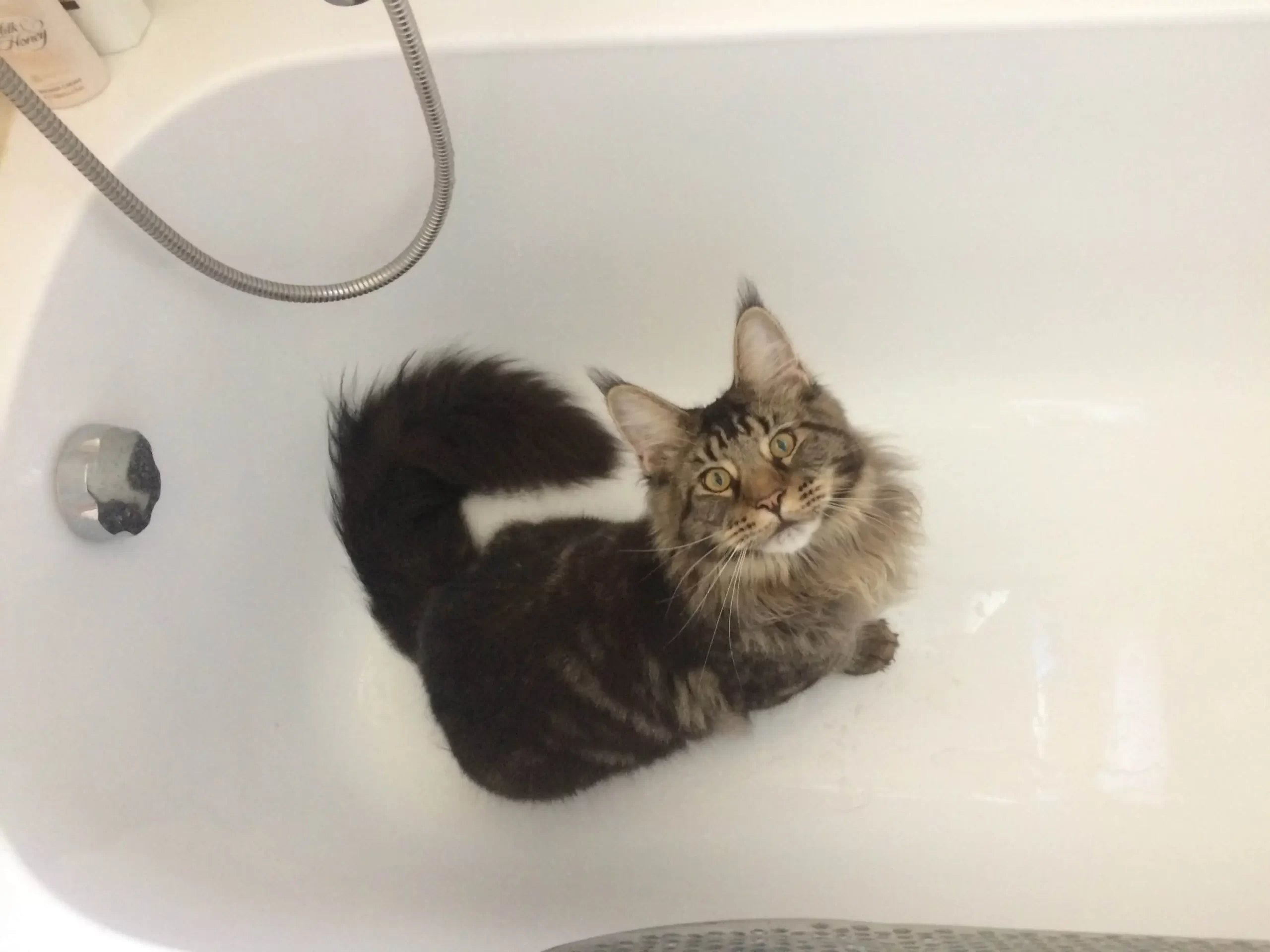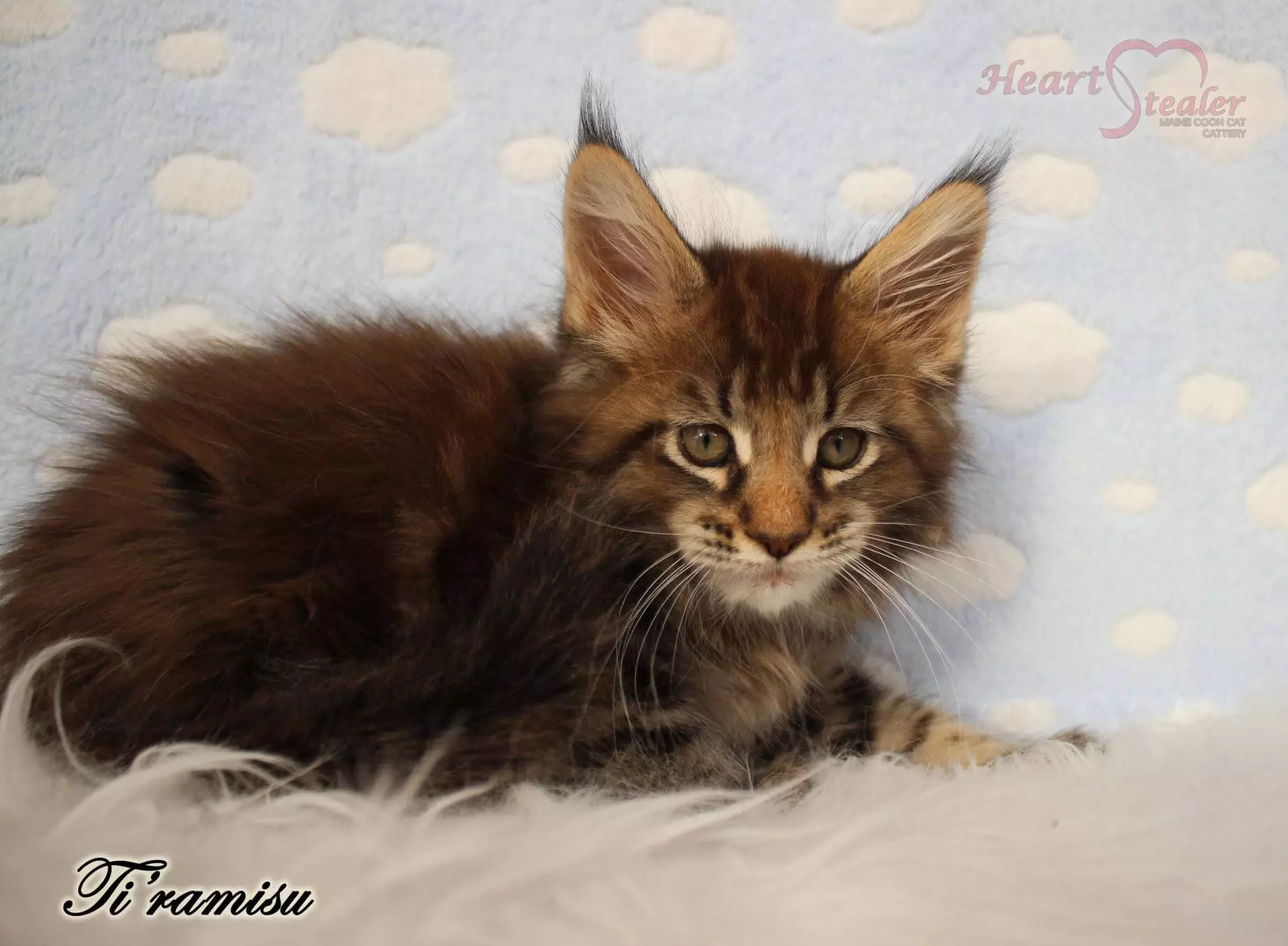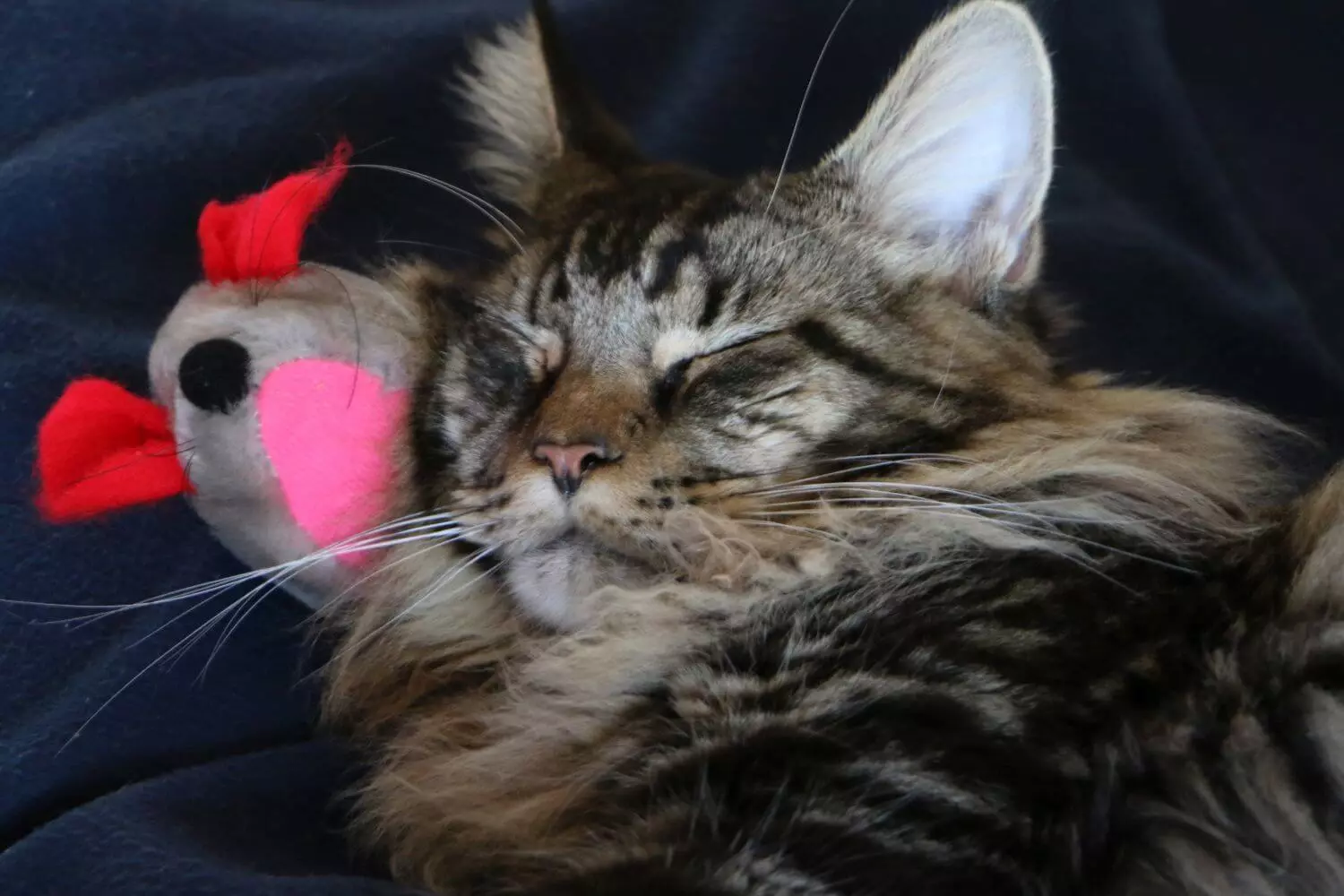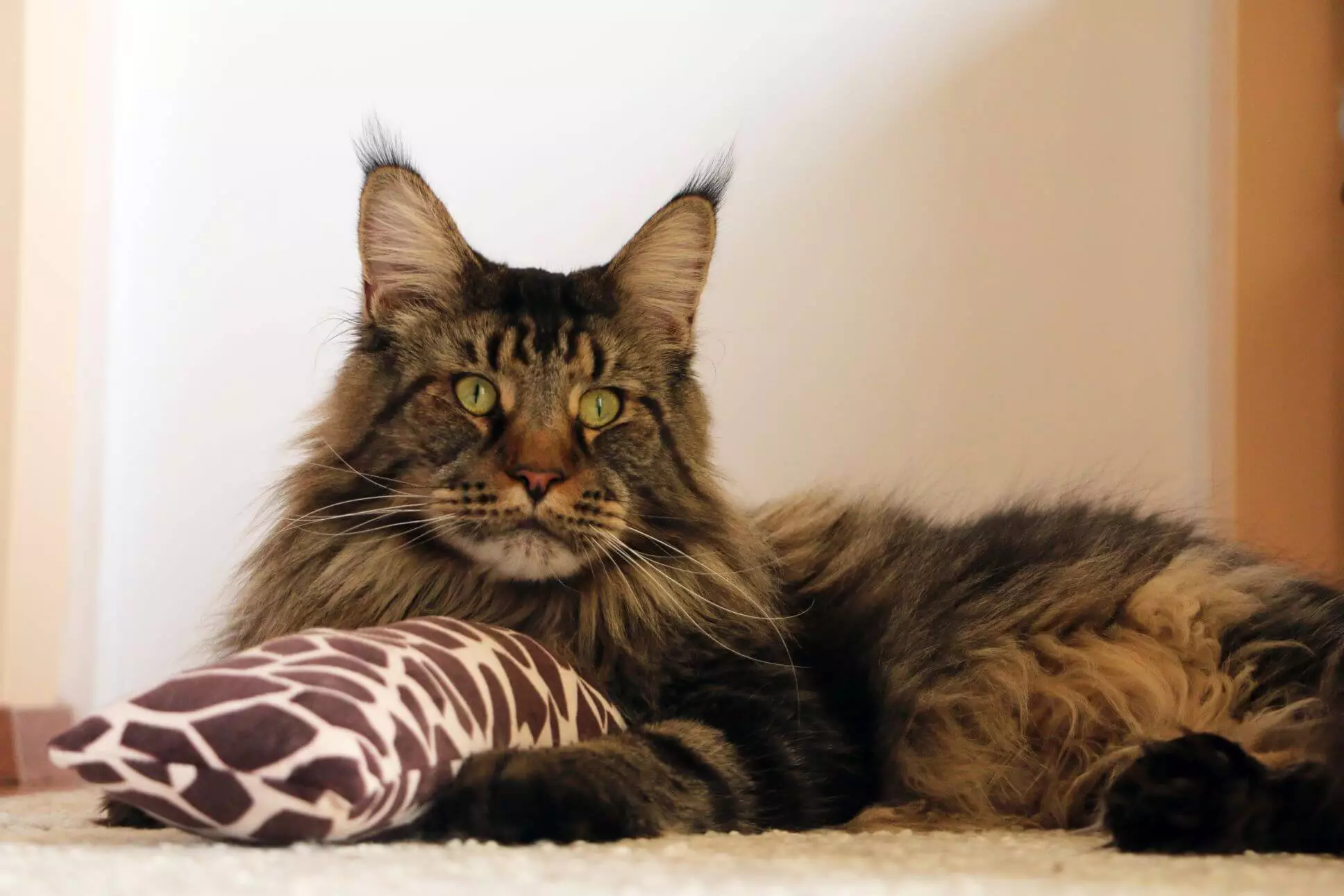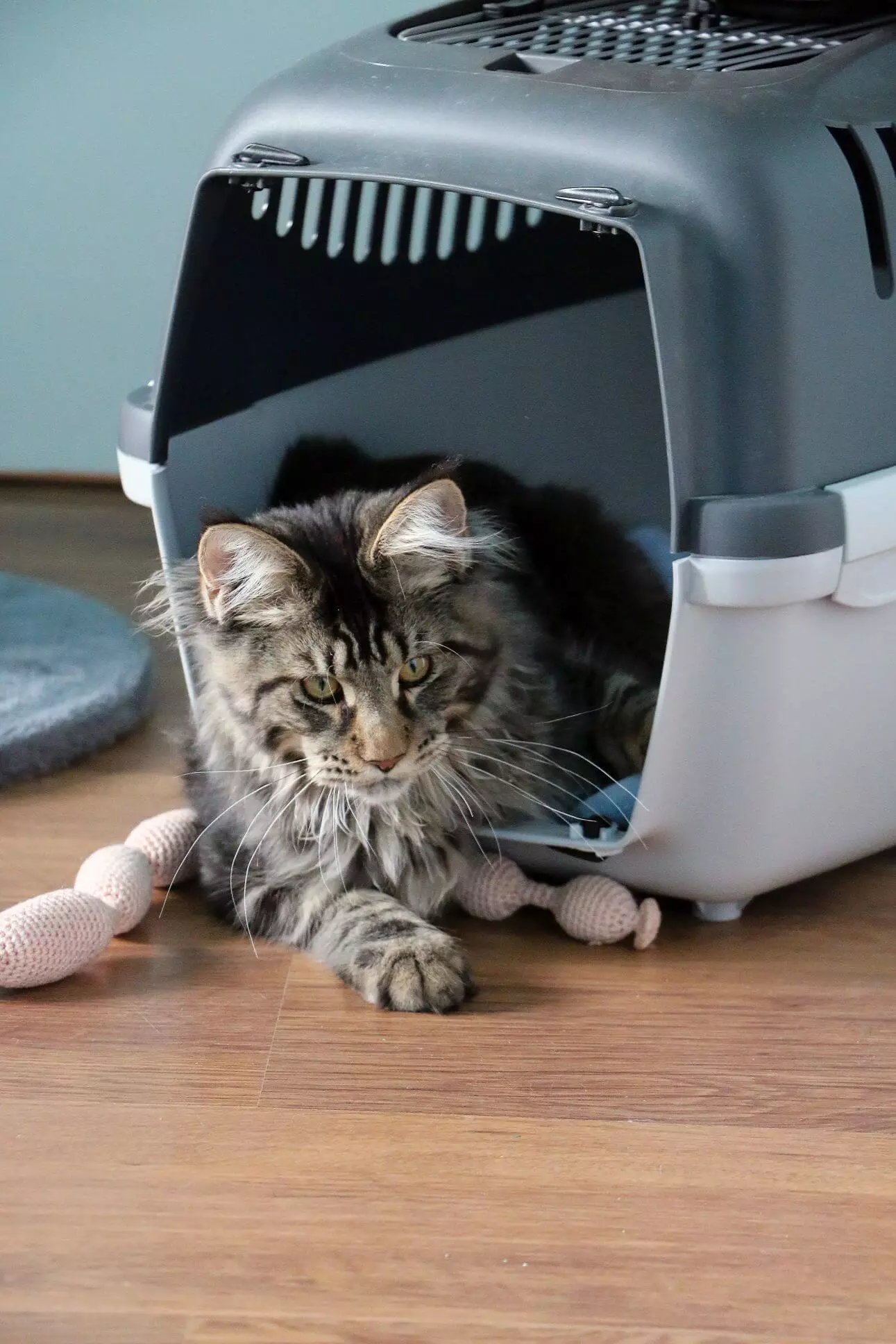Fur care of Maine Coon cats
Fur care of medium-longed and long- haired cats is especially important, because improperly cared fur can become tangled. Underneath the knots these can lead to skin inflammation. Different cat breeds have different fur structures, so the appropriate fur care technique should always be taken into account.
In this blog post, I’ll mainly deal with the fur care of Maine Coon cats, as I have practical experience with Maine Coons. However, I’ll also write a few words about general fur care and its importance.
Grooming your cats (including short-haired cats) is very important during the shedding season. In this way, we can avoid that our cats swallow a lot of hair while cleaning themselves (thus preventing the possibility of intestinal obstruction). In addition, in the case of indoor cats you have to clean up less shed hair.
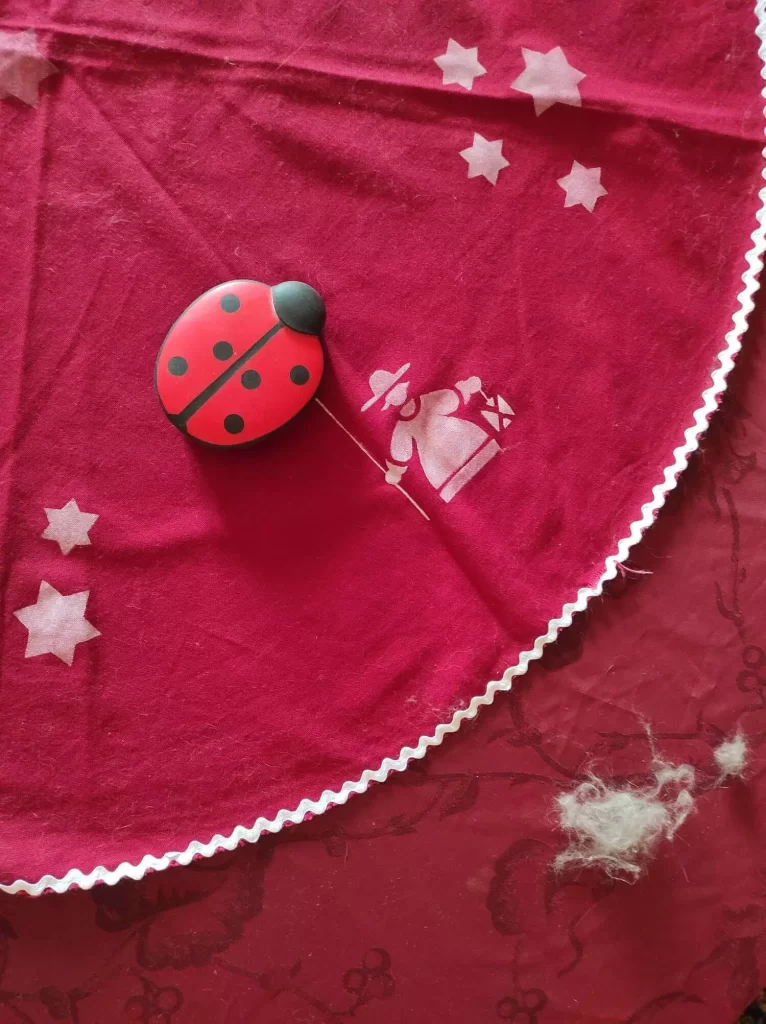
What kind of comb should you use to care your cat’s fur?
Outside of the shedding season, a rubber brush may be sufficient for short-haired cats. For medium- and long-haired breeds you will need single-row combs and carding brushes with different tooth densities, as well as deep-acting brushes. I also recommend buying a flea comb, not only for cats with fleas, as it can also be used to comb the fur of cats very nicely. Moreover, in cats that are combed regularly, the owner can notice flea excrement more easily and quickly. It can significantly shorten the fight against fleas.
How often should you comb your cat?
You can often read questions about the frequency of combing on Internet forums. Now I’d like to offer a little help before moving on to the fur care of Maine Coons. Outside of the shedding period short-haired cats need to be combed once a week. Daily brushing is recommended for Persian cats. The fur of cats with a thick undercoat also requires thorough care more times a week.
The fur care of Maine Coons
In the case of Maine Coons it can’t be generalized that they have medium long hair and that combing a couple of times a week or even once a week is sufficient. The reason is that some cats (e.g. non-sterilised cats) have shorter fur, but there are also Maine Coons whose fur is much longer than the average length. The tendency and the density of the fur to clump (e.g. it is denser in indoor cats) also varies.
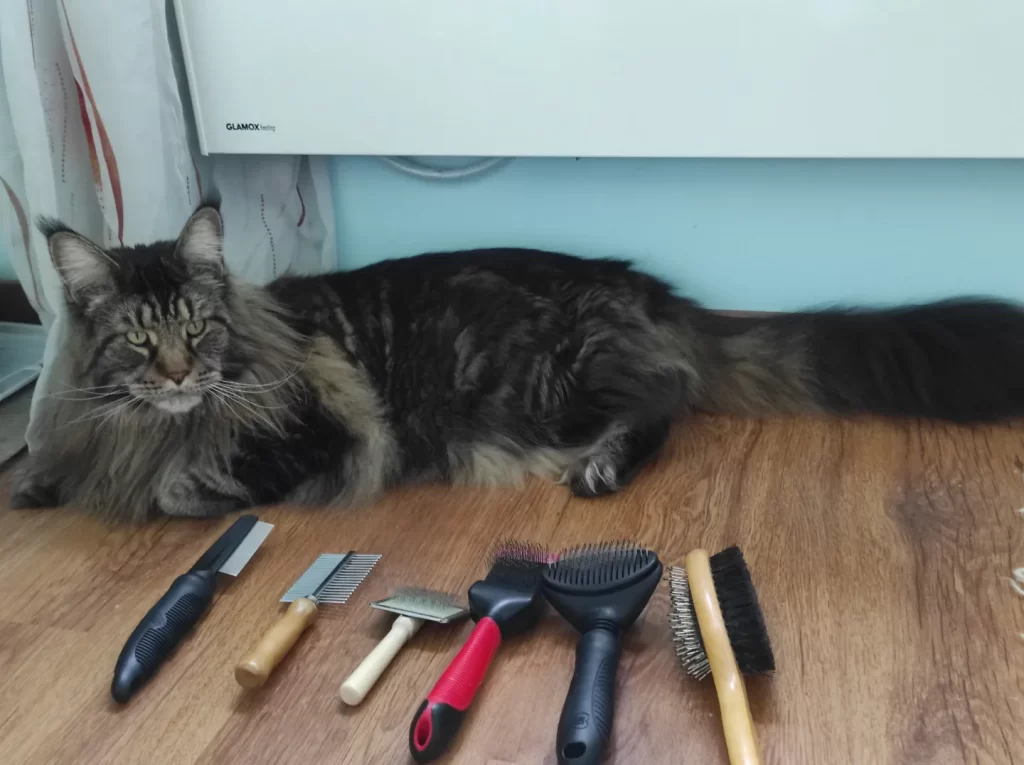
As an interesting point, I’d like to note that the final length of the hair of Maine Coons develops in some kittens only after 2 years of age. The fur length of ”from breeding pensioned cats” is usually grow after their neutralization.
Let’s say a few more words about the more problematic areas that mostly tends to clump. These areas include the underarms, abdomen and buttocks. These areas should be combed with particular attention.
If the problem has happened and you notice a knot in the silky fur, you can choose from several solutions.
First, try combing it out with a comb. If you can’t handle it alone, please ask for help.
The second possibility is to cut out the knot with scissors, if combing doesn’t help. Here,you also have to be very careful not to damage your cat’s skin.
If there are several knots and/or if the above techniques are unsuccessful, take your cat to a cat cosmetics or to your vet.
Let’s see what kind of combs and brushes Tirus have!
- flea comb: Suitable for untangling knots and removing fleas and flea excrement from fur.
- single-row comb: Suitable for untangling knots. The less toothed part we use for general combing.
- a small brush that acts less deeply: It is also good for general brushing and for untangling knots with a detangling comb.
- less deeply acting two sided brush: Bristle on one side, plastic rubber at the end of the metal on the other side, so as not to hurt the cat’s skin. We use it for general brushing.
- deeply acting two sided brush: We use it for general brushing.
- deeply acting brush: We use it for general brushing.
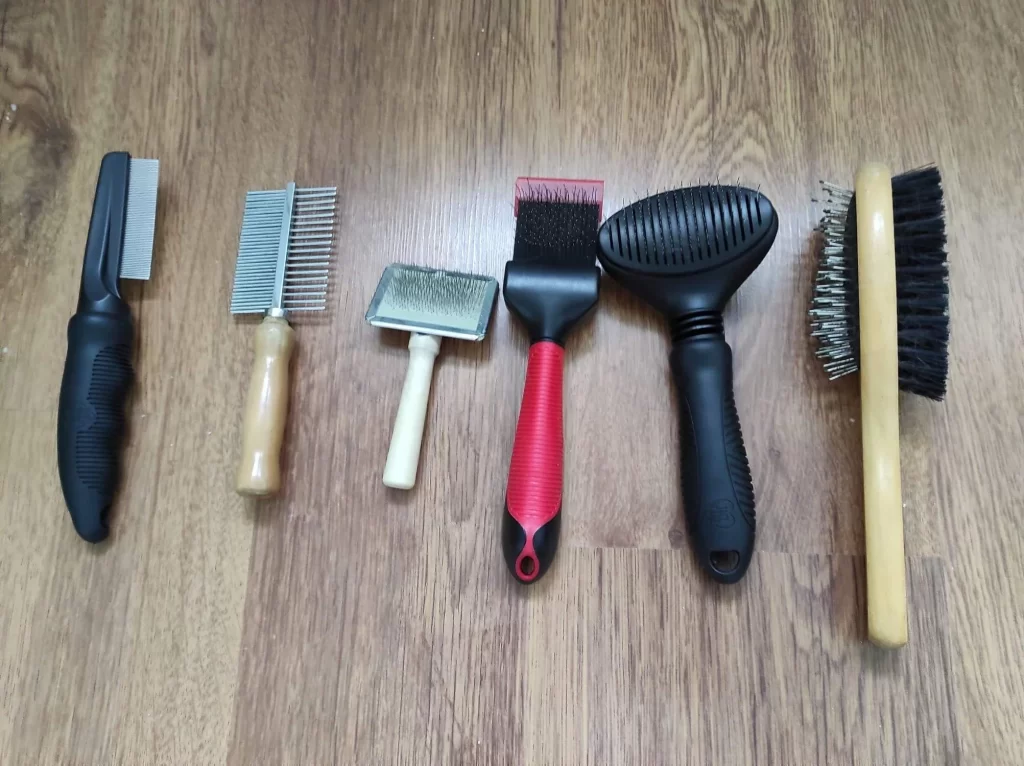
What should you do if your cat doesn’t like to be combed?
Finally, let’s say a few words about those cats, who don’t experience brushing as a good massage. They protest the process with their teeth and with their claws. In this case it can be a good solution to wear gloves when grooming your cat’s fur. In addition, several solutions can be found on the Internet in this regard, but not all from them worked for us.
Even though I have been combing Tirus since he was a little kitten, the comb is a ”Comb Bogey” for him. There are times, when the mere sight of it makes him run away.
Among the recommended techniques, fur care in stages has worked for us. It is why we comb more than the recommended once or two times a week. Depending on Tirus’ mood this lasts from a few seconds to 5-10 minutes.
If he is in a very bad mood, it is better to leave him alone. However, after playing or eating he is more willing to comb his fur. Unfortunately, the method when you give snackies to your cat during combing, doesn’t work in our case.
As a last resort you can take your cat to a cat cosmetic. We have never had such a case.
Do Maine Coons need to be bathed?
Contrary to popular belief, Maine Coons don’t need to be bathed. Although they like to splash in the water while drinking or to cool off in the tub or sink (especially in summer), they only need to be bathed before cat shows or in cases where something (e.g. cooking oil) has soiled their fur.
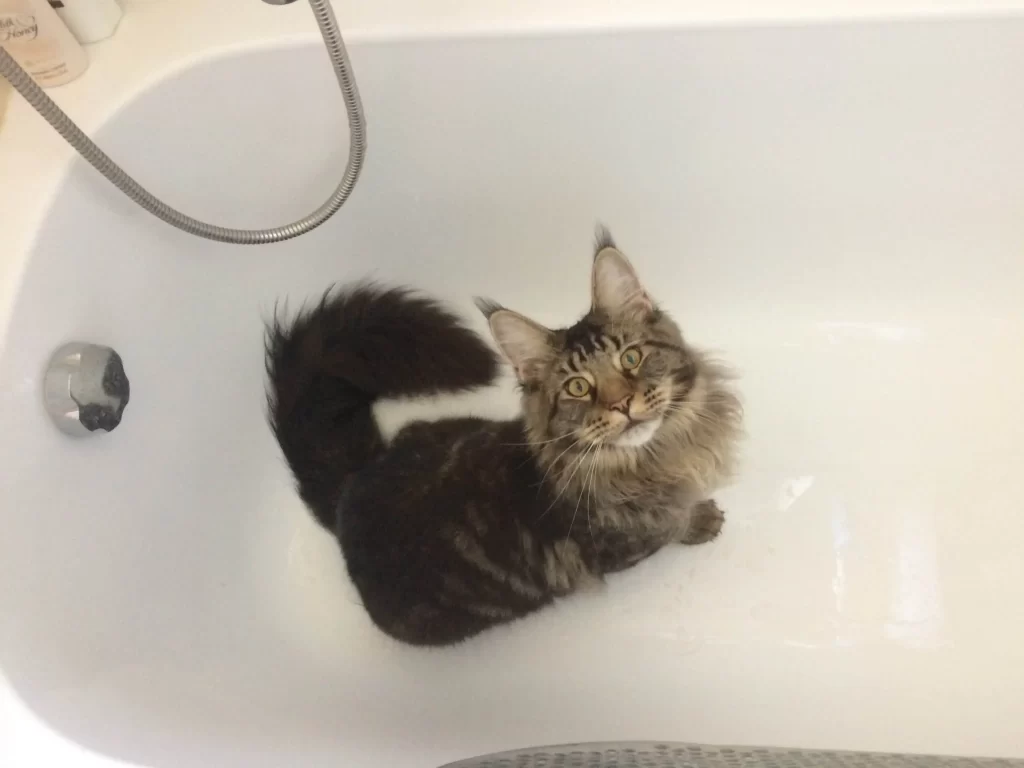
Bathing causes the skin to lose its natural resistance. So, bathing them frequently is not recommended. If the coat is greasy or oily, dry shampoos or baby powders can help. However, don’t overdo it with these chemicals either.
In summary, taking care of the fur of your cats, including Maine Coon cats, is extremely important. You can also help your little pet with proper fur care to live a healthy and happy life.
